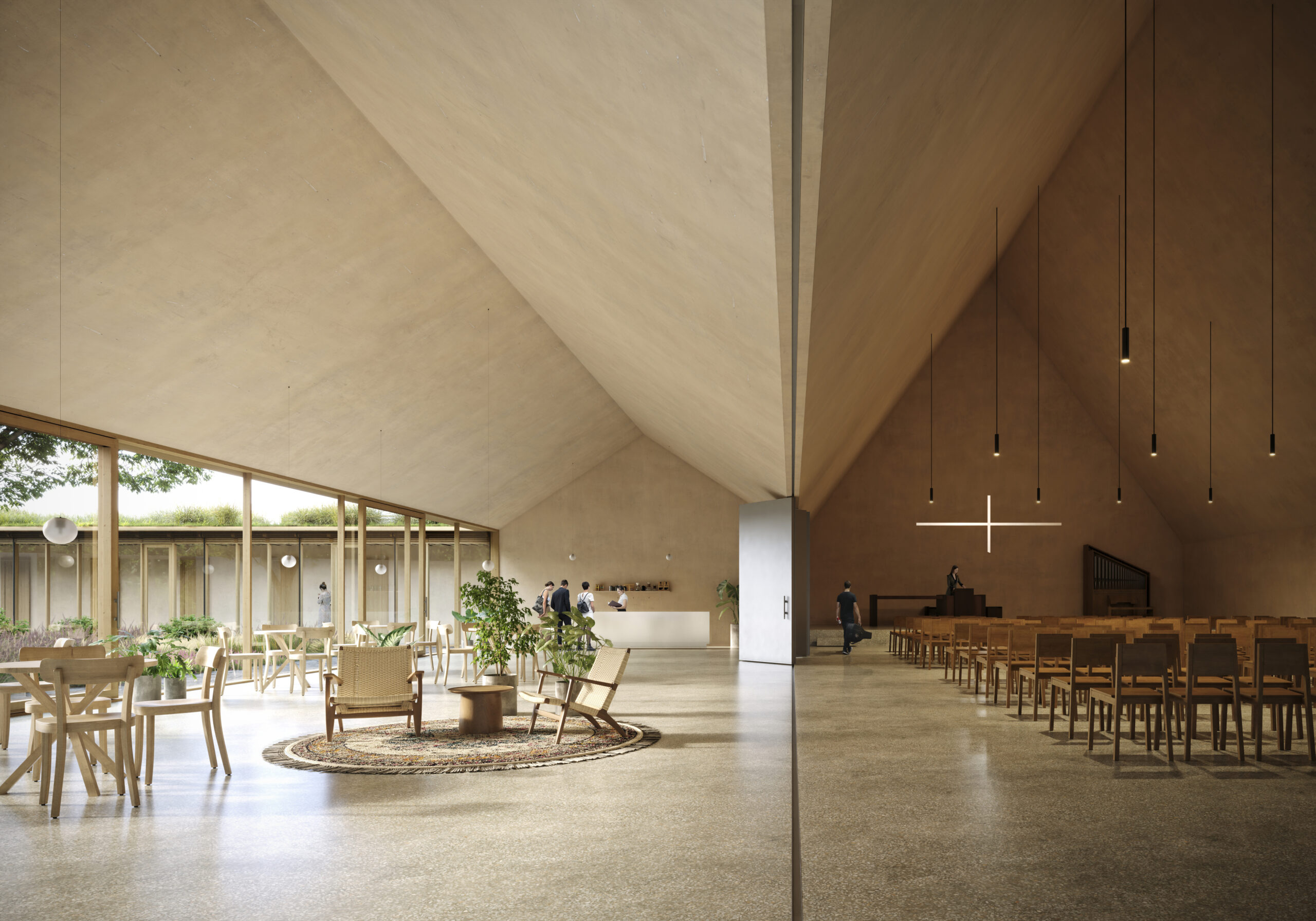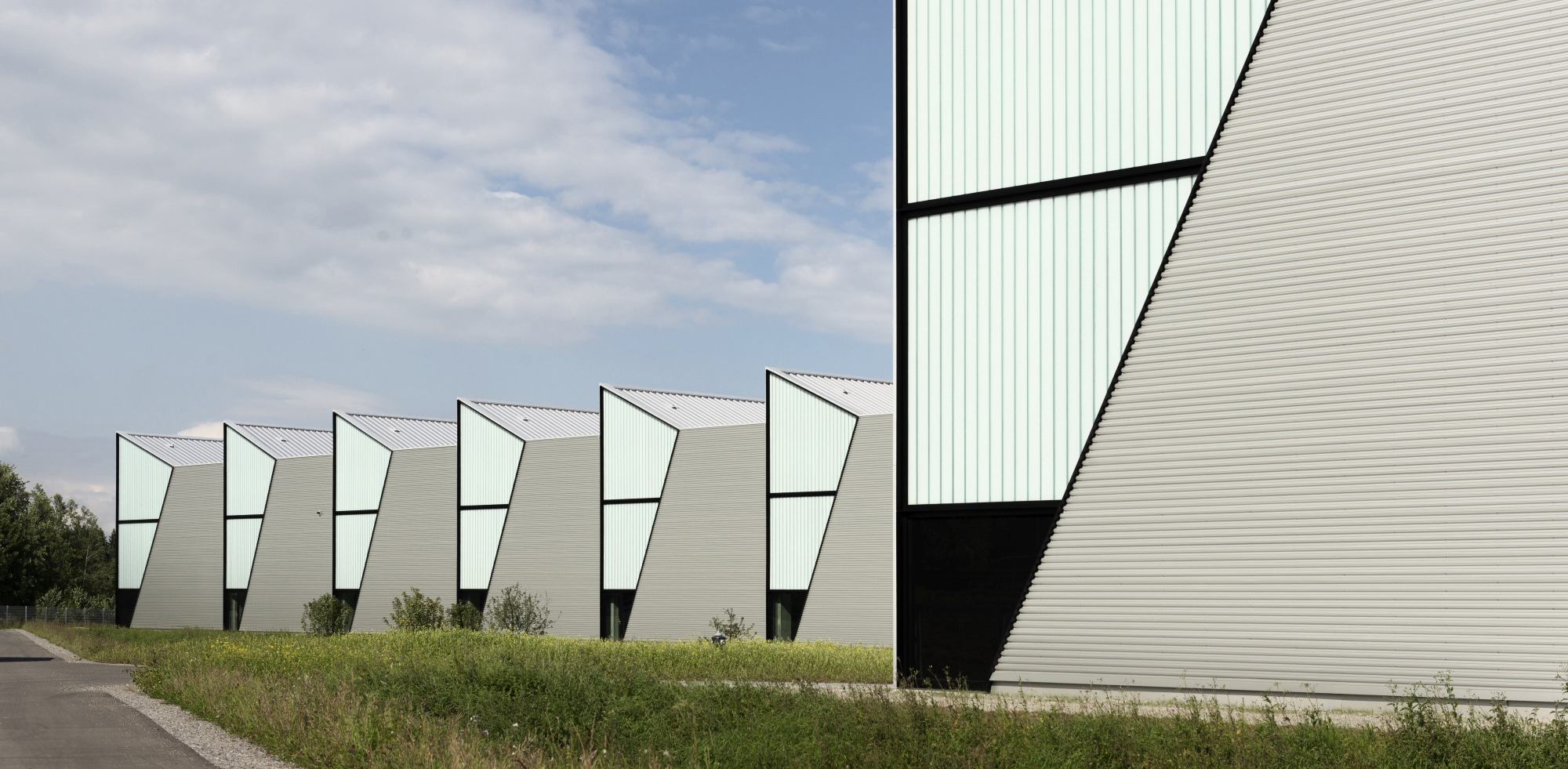Architizer’s Tech Directory is a database of tech tools for architects — from the latest generative design and AI to rendering and visualization, 3D modeling, project management and many more. Explore the complete library of categories here.
Much ink has been spilled by architects on how much Artificial Intelligence (AI) impacts the field of architecture. However, architects are not the only ones influenced by this technological shift. The time has come for architectural visualizers to join the conversation.
ELEMENT is an award-winning visualization studio founded in 2014 by two architects, Filip Kurasz and Jakub Figel. In Architizer’s inaugural Vision Awards program, the studio was named Architectural Visualizer of the Year and won the Architizer Photorealistic Visualization award for the New Smyril Line headquarters in Faroe Islands. Curious to explore a new angle on the subject of AI, we chatted with Jakub and Filip, recording their story, process and thoughts regarding the craft of architectural visualization, its impact on the industry and the effect AI technology has had on their work.
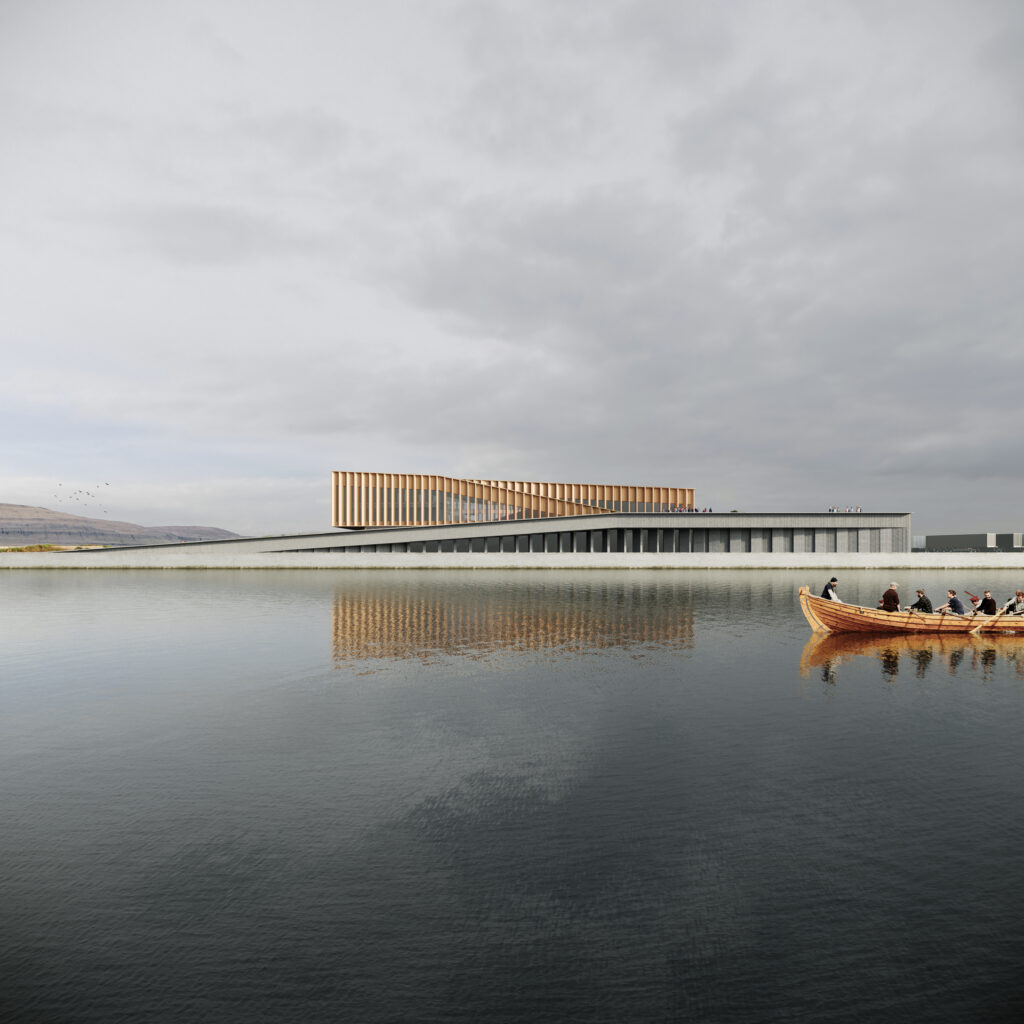
“New Smyril Line headquarters, Tórshavn, Faroe Islands” by ELEMENT VISUALIZATIONS, Studio Winner, Best Photorealistic Architectural Visualization
Eirini Makarouni: Jakub and Filip, you both started out as architects. What made you switch from the traditional architecture path to starting your own Architectural Visualization studio?
Jakub Figel: While creating architectural projects, I always anticipated how they would look. Naturally, when designing, you have some idea, but visualizations allowed me to validate my vision, essentially bringing me closer to architecture. Developing concepts and testing them is something that has always excited me. Working in an architectural firm unfortunately entails more than just concepts and visions, as I learned while working at SeARCH in Amsterdam.
Filip Kurasz: After a while, we realized that our work as visualizers was deepening our understanding of architecture. Through this extensive engagement with various projects, we developed a more objective perspective. This objectivity, in turn, enabled us to create more impactful visualizations, offer better guidance to clients, and ultimately, become better architects.
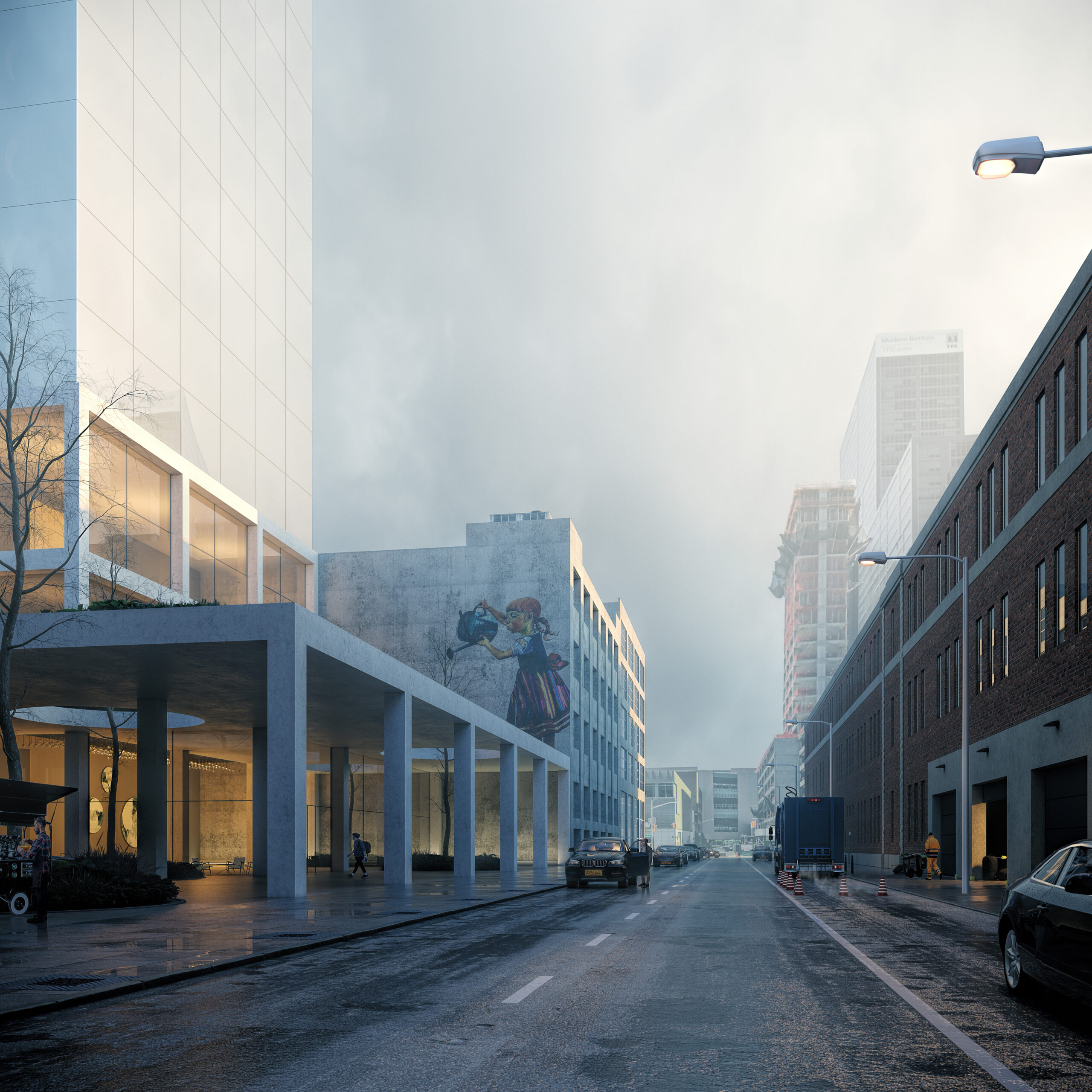
“E-Tower in New York” by ELEMENT VISUALIZATIONS

“Regeneration of the port area in Amsterdam, the Netherlands” by ELEMENT VISUALIZATIONS
EM: The ambiance of your renders is phenomenal and incredibly contextual. In addition, you recently worked on the Stockholm Wood City project, producing highly technical yet atmospheric material. What is your process? How do you balance accuracy with expression in your work?
JF: Creating visualizations is an immensely fascinating process that involves catering to the needs of various stakeholders. Everything depends on whether the visualization is meant for a competition or for sales? What impact should it have? What is its purpose? This determines the strategy to adopt for the visualization to be effective.
For instance, an architect needs to present their project as accurately as possible, an investor wants to maximize profits, the marketing department aims to reach the target audience, and the visualizer aims to create beautiful images. It’s not always possible to accommodate the needs of all stakeholders. To make a visualization effective, being an artist isn’t enough. One must also be an advisor and understand the needs of different parties. Only through appropriate art direction of the project can we address these needs and create visualizations that win competitions or tenders.
FK: Instead of using the words “accuracy” and “expression,” it would be better to speak of “effectiveness” and “impressiveness.” These are the issues we genuinely grapple with in every project. Creating an impressive and beautiful visualization may seem easy, but creating an impressive and effective one is much more challenging. After all, we must remember that an image has a specific message.
First, we must establish who the audience is, then determine the values we want to convey, find the best way to do so, and only then translate it into a beautiful image. If we do these steps well, we can be sure that we will capture the audience’s attention. Those few seconds, the first impression that the image evokes, often determine the success of the project.

“International Organization for Migration Headquarters” by ELEMENT VISUALIZATIONS
EM: How important is architectural visualization for a project? Do you feel that a successful render can make or break a design?
JF: We live in times where we’re constantly battling for attention. We have very little time to capture someone’s interest. A fitting visualization is one of those tools to achieve that. If it’s exceptional, there’s a high chance someone will take an interest in the project. This can be likened to photos in a real estate listing. Photos can be taken in many ways, with a phone, different lenses, at different times of day, with different interior furnishings, but will it be effective? It all depends on the photographer’s skill. The effectiveness of a photo also answers why some properties sell better or worse.
FK: Visualization is an integral aspect of every architectural or design project, having become somewhat of an industry standard. It enables people to grasp the design and its underlying principles. To succeed, we ensure that our visualizations consistently align with the project’s narrative. This principle is fundamental to our work. Our clients must understand that their input is just as crucial, if not more so, than what we contribute. That’s why we have high expectations of our clients. By working together, we form a team that collectively shapes a certain image. We collaborate to achieve our successes or face challenges together.
EM: Do you have any specific artists or architects that influence your work?
JF: My daily coffee routine involves browsing through architectural portals and discovering new projects and solutions. This definitely fulfills my need to engage with architecture. It turns out that this routine, born out of necessity, has also benefited me in gaining a better understanding of architecture, which I can then apply to my work with clients. In addition to architecture itself, I analyze numerous photographs. I break them down into their fundamental components, considering composition, lighting, and atmosphere. Analyzing and gaining a deeper understanding of images becomes a source of inspiration for me. I must admit that over the years, these two activities have contributed to the creation of increasingly better visualizations.
FK: I’m passionate about architecture, photography, and keeping up with current events. Photographers play a significant role in shaping my work. I follow several of them closely and have a vast collection of their photos saved for inspiration. I don’t have a favorite individual photographer; rather, it’s a collective of talented people whose entire body of work I highly value.
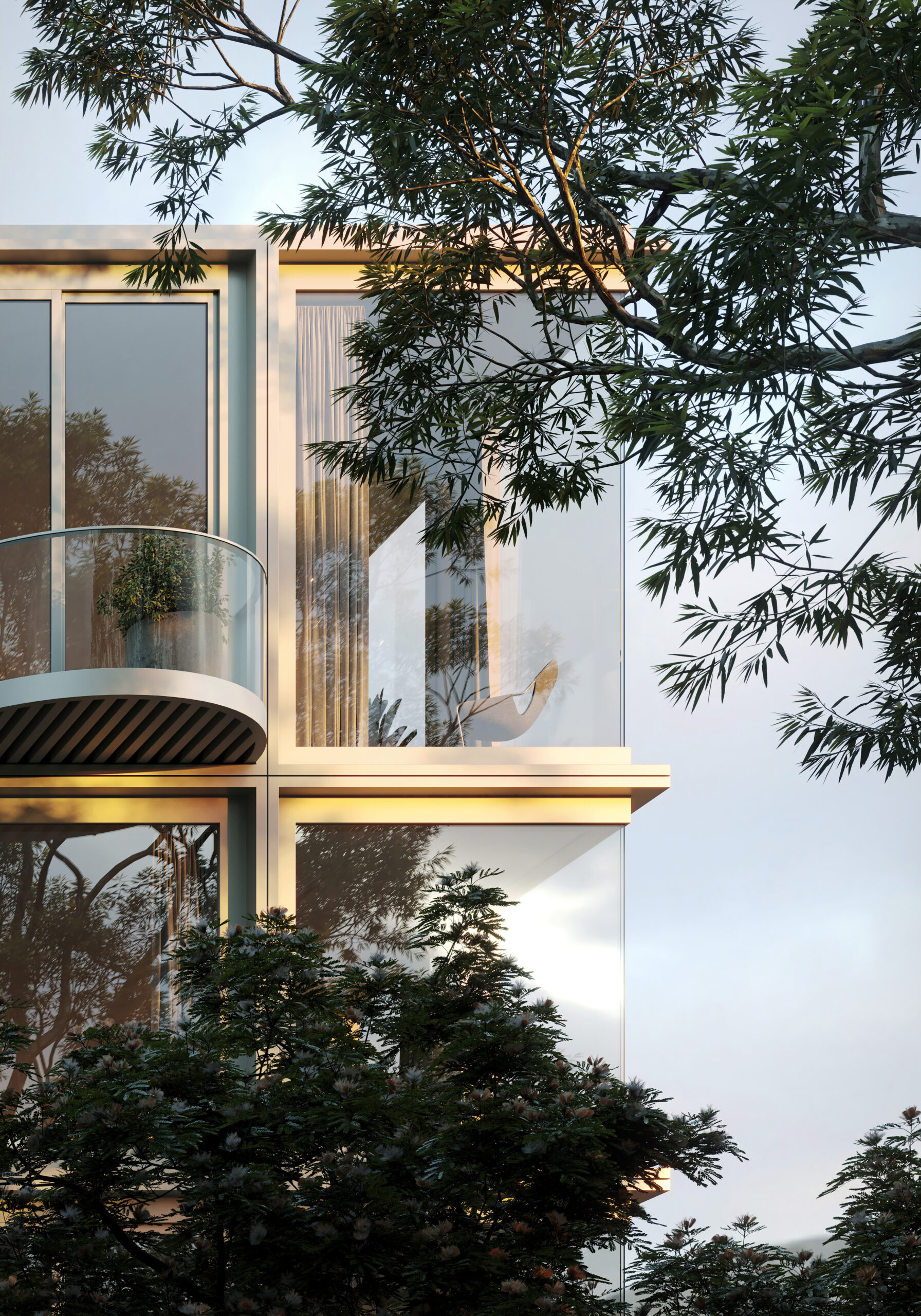
“Shelley residence in Melbourne, Australia” by ELEMENT VISUALIZATIONS

“Private residence in Minorca, Spain” by ELEMENT VISUALIZATIONS
EM: I read on your website that you use a green screen to create content for your renders. Are you interested in incorporating any other technologies from other industries (e.g. film) into your process?
JF: You’re right, we needed the green screen to photograph people and use them as cutouts for our visualizations. At one point, we provided such a collection for our community for free. On our website, we still showcase still images, but we also create animations using both drone photography and full 3D renders. VR is another area we’re developing and offering to our clients. We also plan to create films where rendered objects will be an integral part.
FK: We believe in the: “Do whatever it takes in order to achieve desired effect”. I don’t have a list of things or techniques that I would like to test. In my opinion it’s a bit limiting. Instead, I try to keep my head clear. Whenever I feel that the idea I have is right I simply look for a way to make it work.
EM: What is your approach towards AI in architectural visualization? Have you incorporated any AI tools into your workflow?
JF: We definitely believe that this is the future and it’s already a tool that accelerates our work. We wouldn’t be ourselves if we didn’t test new solutions. Our industry has always evolved rapidly, but this change is like jumping onto a speeding train. We need to be on board. We’re using tools in Photoshop, Stable Diffusion, Topaz, and also experimenting with Midjourney and DALL’E. We’re curious to see what SORA from OpenAI will bring.
FK: We are curious about what it has to offer, and we use it already on a daily basis. Thanks to AI we can quickly deal with tasks that not so long ago were really time consuming. Creating textures, modifying, cleaning and upscaling photos happens in seconds now. All the time that we unlock thanks to AI can be used to increase the quality of our work.
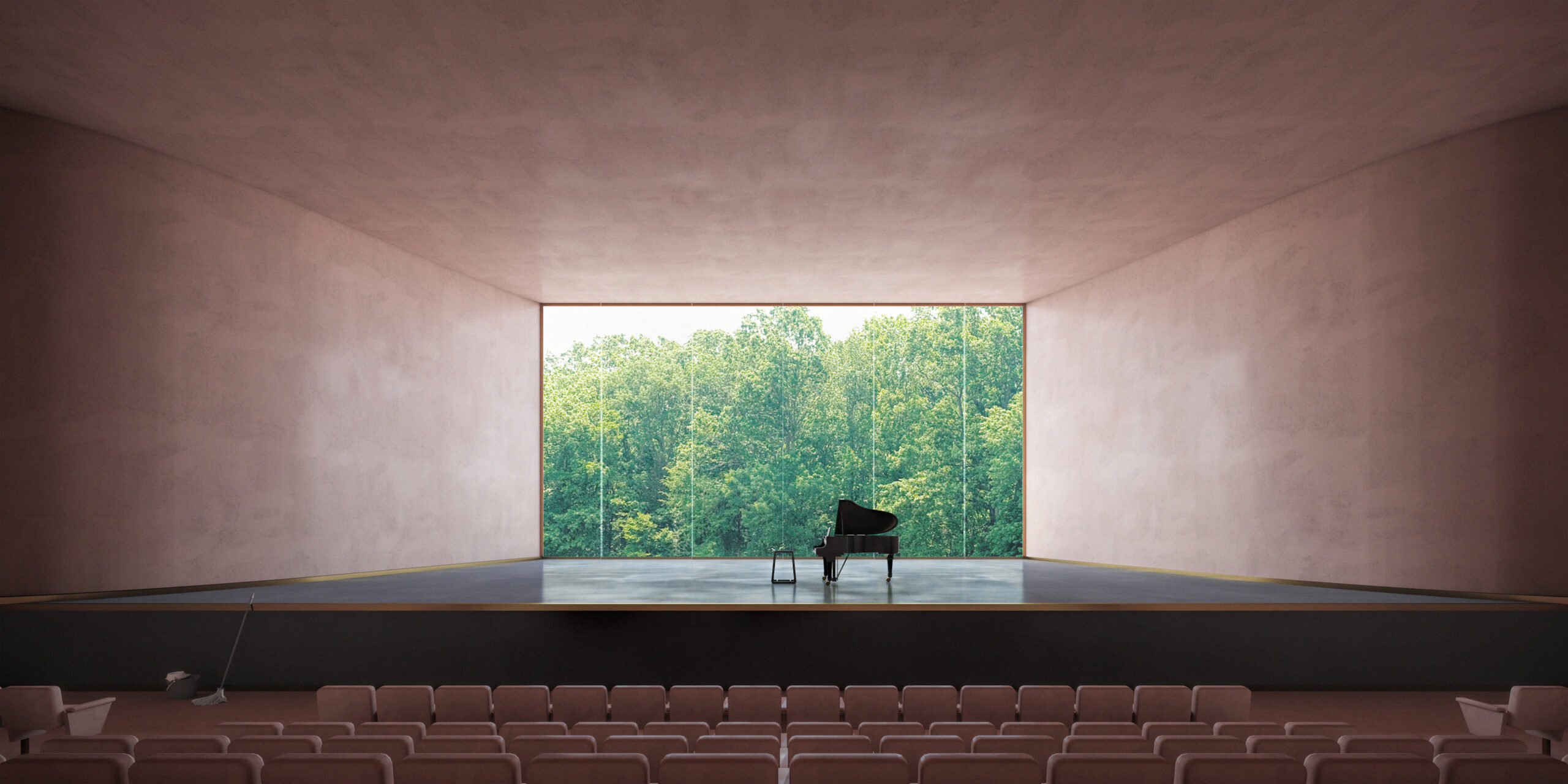
“Chopin’s International Music Centre in Żelazowa Wola, Poland” by ELEMENT VISUALIZATIONS

“The Curve, Office building in IJsselstein, The Netherlands” by ELEMENT VISUALIZATIONS
EM: In the realm of architectural visualization, what aspects do you believe that AI technology cannot replace?
JF: In my opinion, at this moment, it won’t replace humans because even though it proposes, substitutes, edits, and creates from random images, a human is needed to define their vision in the form of a suitable prompt. Often, the creator’s vision is not aligned with AI. Just as we once had to learn to draw architectural designs on the computer, now we’ll need to learn to prompt appropriately to use this tool consciously and speed up our work.
FK: Many aspects of architectural visualization cannot be replaced. Let me elaborate. While artificial intelligence can generate stunning images using 3D models provided by architects or sketches, it still requires input to deliver results. Someone must create the 3D model or sketch, provide a scenario, set up the cameras, and input the appropriate prompt.
Despite this, the outcome remains somewhat random and may not always align with the project specifications. Architectural projects are too intricate for artificial intelligence to independently generate precise visualizations. Currently, it functions more as a rendering engine, allowing inexperienced users to swiftly produce appealing images. For experienced users, it significantly accelerates processes and enhances the quality of their work.
EM: What would an ideal brief or collaboration be? Do you have any exciting projects you are currently working on?
JF: Building trust and forging long-lasting relationships with our clients is at the core of what we do. Our experience and achievements often earn us invites to exciting projects where we’re able to set our artistic expression free. We’re really fortunate to work with clients who are very conscious about image quality. It’s a great privilege and that’s what makes a collaboration valuable for us. As for an ideal brief — it’s the one where all technical aspects of the projects are already specified — simple as that. The more we know, the better the outcome.
FK: One project we are really excited to be involved in is a cutting-edge health campus in Boxmeer, the Netherlands, designed by UNStudio. This absolutely forward-thinking concept will become home to a diverse ecosystem of healthcare and scientific institutions, start-ups, companies and organizations in the field of innovative healthcare. It’s designed to support well-being in all its forms, by means of ample public spaces, shared work areas, and even a centrally located hotel.
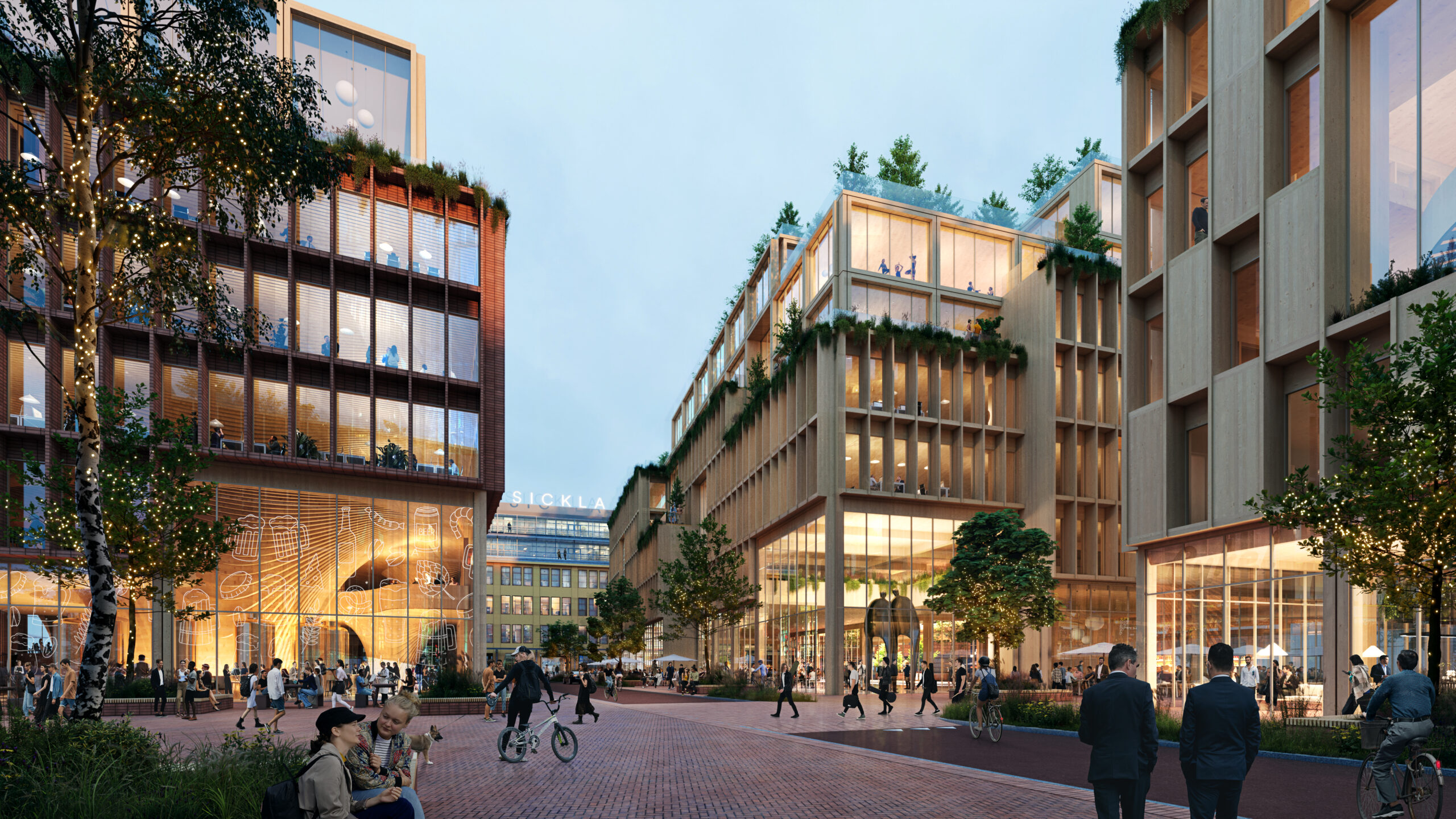
“Wood City in Stockholm” by ELEMENT VISUALIZATIONS
ELEMENT’s impeccable work, forward-thinking approach and professionalism greatly influences the architectural visualization field and 3D communities and provides a new angle on the AI bloom debate. Both Jakub and Filip use technology as a way to improve their processes, introduce automation for repetitive tasks and streamline their workflow. Nevertheless, they prioritize client communication and contextual understanding over the visual and technical challenges they face in their projects. For them, learning to write prompts and direct AI tools is the same as learning digital drawing. They are pioneers because of their intuition and awareness, allowing them to craft compelling stories through their renders.
ELEMENT will be one of the organizers at the World Visualization Festival, which brings together 3D artists, architects, and technology companies. If you want to delve into the world of architectural visualization and witness immersive architectural representations join them in Warsaw this October.
Architizer’s Tech Directory is a database of tech tools for architects — from the latest generative design and AI to rendering and visualization, 3D modeling, project management and many more. Explore the complete library of categories here.
